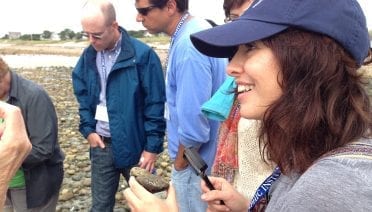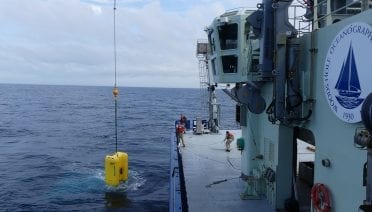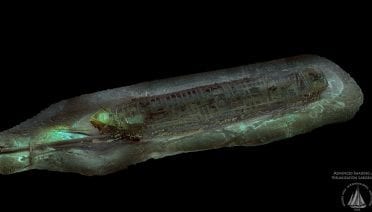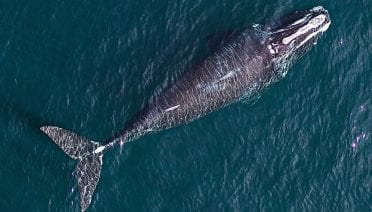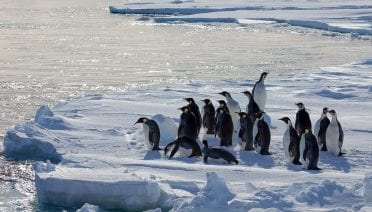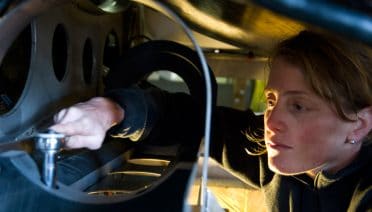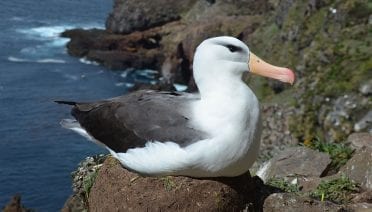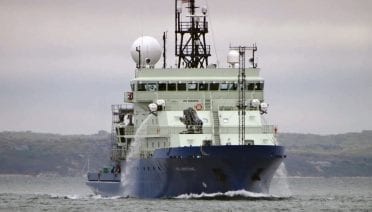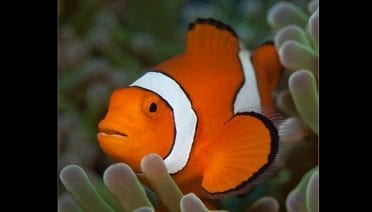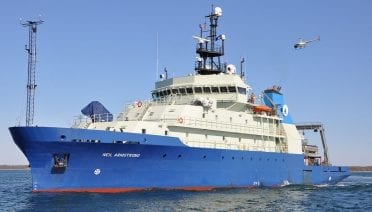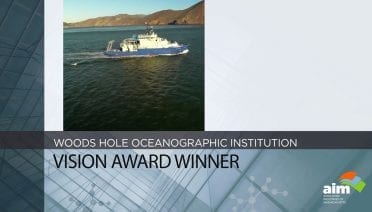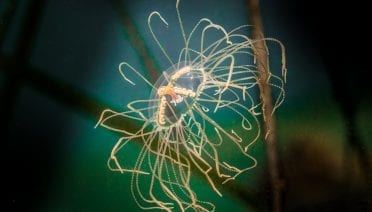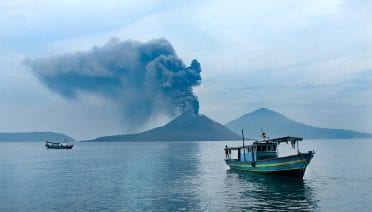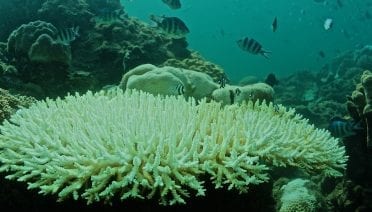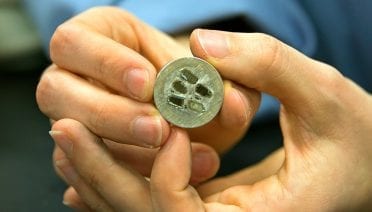Press Room
Eight writers, radio, and multimedia science journalists from the U.S., Canada, England, and India have been selected to participate in the competitive Woods Hole Oceanographic Institution (WHOI) Ocean Science Journalism Fellowship program. The program takes place September 10-15, 2017, in Woods Hole, Mass., on Cape Cod.
The world’s first underwater vehicle designed specifically to collect both biological and chemical samples from the ocean water column successfully completed sea trials off the coast of New England on July 9, 2017. The new autonomous underwater vehicle (AUV), named Clio, will help scientists better understand the inner workings of the ocean.
In an era of rapid scientific and technological innovation, finding new and engaging ways to bring science to mainstream audiences is a necessity. This summer, the Wood Hole Oceanographic Institution (WHOI) is teaming up with the Woods Hole Film Festival…
Environmental photographer Daniel Casado’s exhibit, “Infamia“, displays haunting images of life and death in Chiloe, an island off the coast of Chile—from majestic blue whales to the devastating impacts on one of the world’s most vital ecosystems after thousands of…
The Advanced Imaging and Visualization Laboratory (AIVL) at the Woods Hole Oceanographic Institution (WHOI) working with Marine Imaging Technologies has developed a revolutionary new multi-function, underwater imaging system capable of generating ultra-high definition television (UHDTV) video, 2-D mosaic imaging, and 3-D optical models of seafloor objects and environments. The new state-of-the-art technology is currently being field-tested on several submerged shipwreck sites in both the U.S. and Europe.
Over the past three weeks, six critically endangered North Atlantic right whales have died in Canadian waters. With only about 500 of these massive plankton feeders still alive, these deaths represent a loss of more than 1 percent of the…
Unlike other species that migrate successfully to escape the wrath of climate change, a new study shows that dispersal may help sustain global Emperor penguin populations for a limited time, but, as sea ice conditions continue to deteriorate, the 54 colonies that exist today will face devastating declines by the end of this century.
Research Engineer Loral O’Hara was introduced today at Johnson Space Flight Center as a member of NASA’s most recent class of astronauts. O’Hara was one of just 12 to be selected from an applicant pool of more than 18,300 — the largest number NASA has ever received.
As scientists grapple with the behavioral, ecological and evolutionary impacts of extreme climatic events, the journal Philosophical Transactions of the Royal Society B created a special June issue to explore what is known on the topic and pioneer new approaches to this challenging and rapidly expanding field of study. The issue, which was published online May 8, 2017, was co-edited by Wood Hole Oceanographic institution (WHOI) biologist Stephanie Jenouvrier.
What: The research vessel Neil Armstrong, owned by the U.S. Navy and operated by the Woods Hole Oceanographic Institution (WHOI), will participate in Fleet Week New York, May 24-26, 2017. The ship is the only research vessel participating in the…
WHOI scientists and their international colleagues conducted the largest, most comprehensive study of larval dispersal at coral reefs. Their findings have important implications for the sizing and spacing of marine reserves.
The research vessel Neil Armstrong will participate in Fleet Week New York, May 24-26, 2017, marking the first time in recent memory that an oceanographic research vessel will be included in the celebration.
Woods Hole Oceanographic Institution (WHOI) has ‘transformed Massachusetts’ by carving out a preeminent place in the field of ocean sciences, according to the Associated Industries of Massachusetts (AIM). A global leader in ocean science and a key driver of the economy on Cape Cod, WHOI will be presented with the Vision Award, AIM’s highest honor, at a ceremony in Boston on May 5.
For such small and delicate creatures, they can pack mighty painful stings. Known as clinging jellyfish because they attach themselves to seagrasses and seaweeds, Gonionemus is found along coastlines in the Pacific and Atlantic oceans, and in particular in waters near Vladivostok, Russia. Exactly how these jellyfish, long assumed to be native to the North Pacific, became so widely distributed throughout the world has perplexed researchers for decades
A new study published in the journal Science Advances changes our understanding of how volcanic arc lavas are formed, and may have implications for the study of earthquakes and the risks of volcanic eruption.
Woods Hole Oceanographic Institution (WHOI) and the Woods Hole Film Festival present Fun & Films for Families, free films and activities during April school vacation week, Monday, April 17, through Thursday, April 20, 2017. The events include family-friendly film screenings…
The President of the UN General Assembly and the Director of the Woods Hole Oceanographic Institution (WHOI) will hold a press briefing on the vital importance of basic research to a global sustainable ocean. The briefing will be held on Friday, April 7, at 11:30 a.m., at WHOI’s LOSOS laboratory.
Senior Scientist Don Anderson will receive WHOI’s prestigious 2017 Bostwick H. Ketchum Award, which honors an internationally recognized scientist who demonstrates an innovative approach to coastal research, leadership in the scientific community, and who forges a link between coastal research and societal issues.
New research highlights the devastation caused when global-scale ocean warming interacts with short-lived weather anomalies, and adds urgency to the question of how reefs will fare through the end of this century.
A new WHOI study led by WHOI suggests the mantleâÃÂÃÂthe mostly solid, rocky part of Earth’s interior that lies between its super-heated core and its outer crustal layerâÃÂÃÂmay be hotter than previously believed. The surprising finding could change how scientists think about many issues in Earth science including how ocean basins form.

